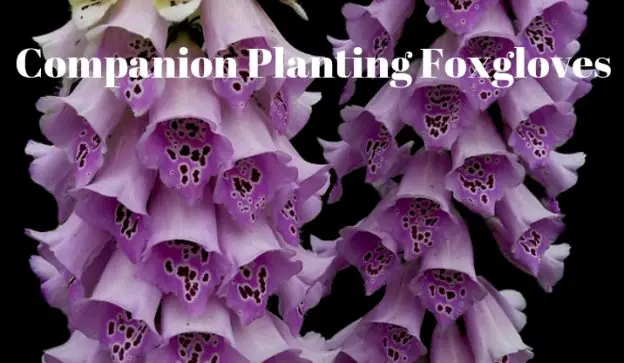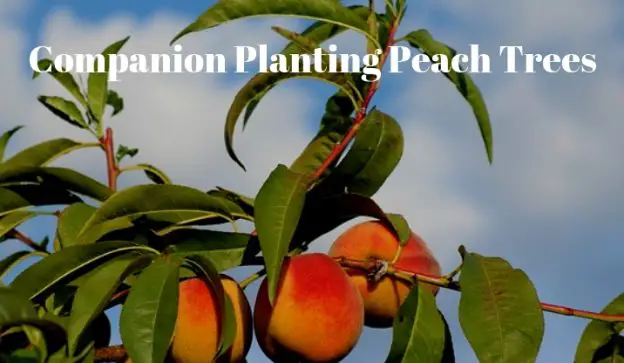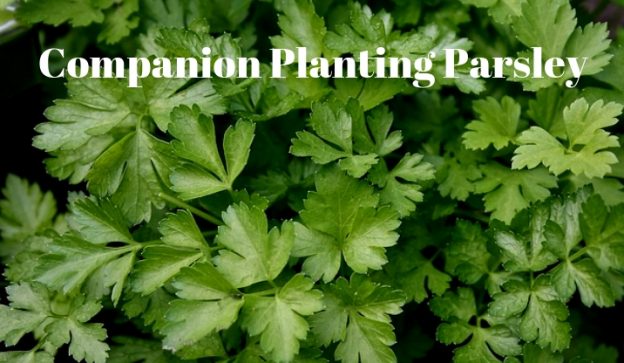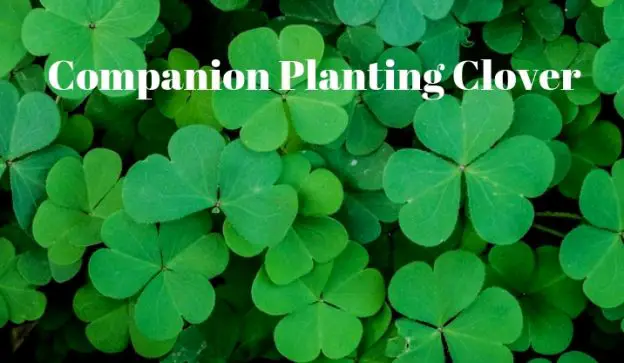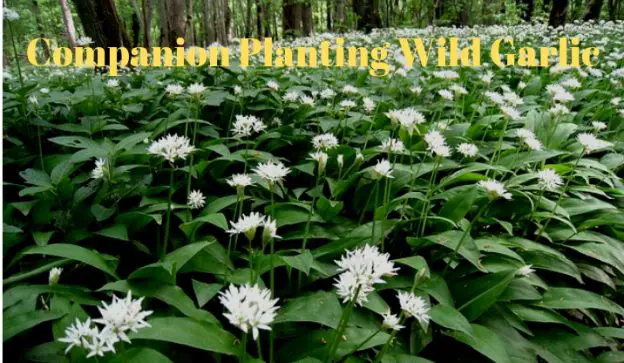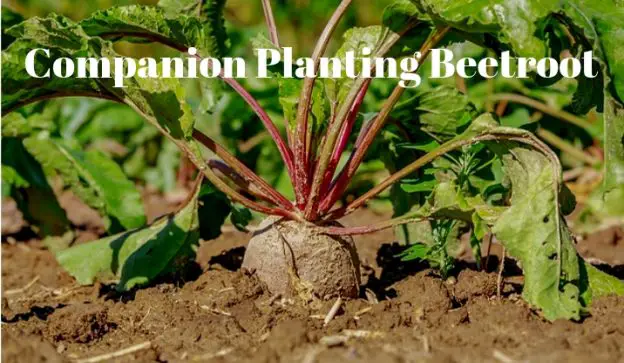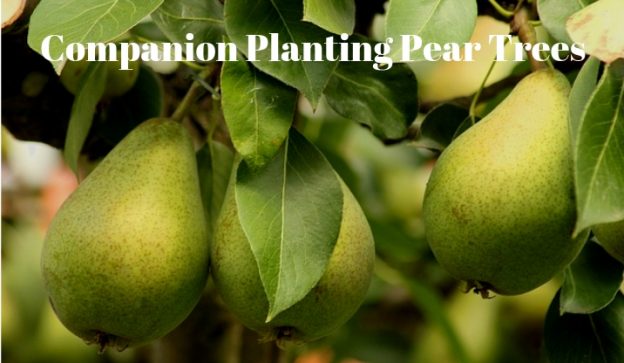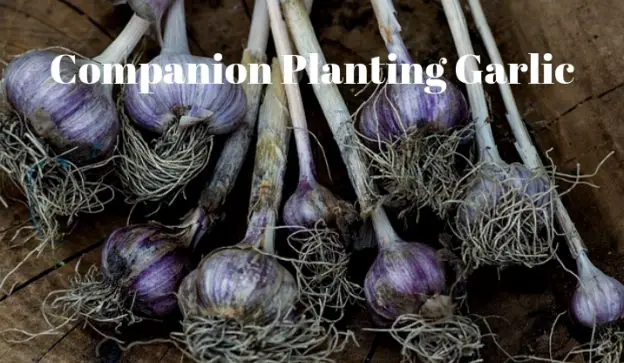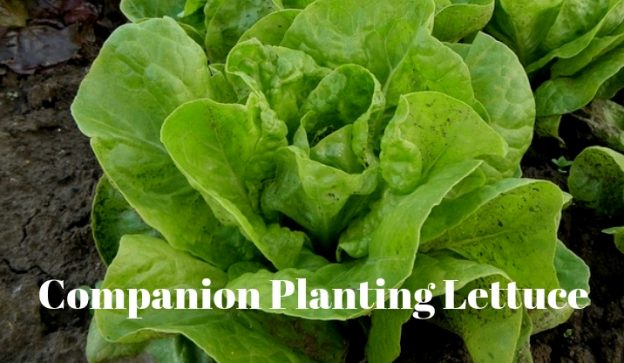What Can You Plant With Potatoes
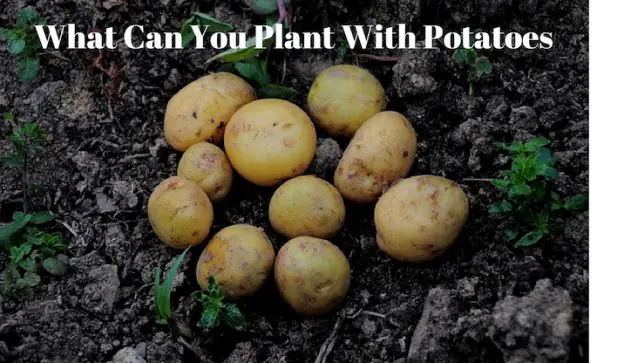
One of the most popular vegetables grown by the home gardener along with tomatoes. Also like their cousin the tomato, they have preferences when it comes to neighbours. So what can you plant with potatoes? What Can You Plant With Potatoes In the UK potatoes are generally sown from March and depending on type are harvested from June through to October. In all cases potatoes should be lifted before frosts return to your area. There are many plants that can be grown as companion plants with potatoes, below is a list of some of the best ones. Potatoes and Celery… → Read More

